10 Houseplants That Don’t Need Drainage Holes (With Pictures)
-
Pete Ortiz
- Last updated:
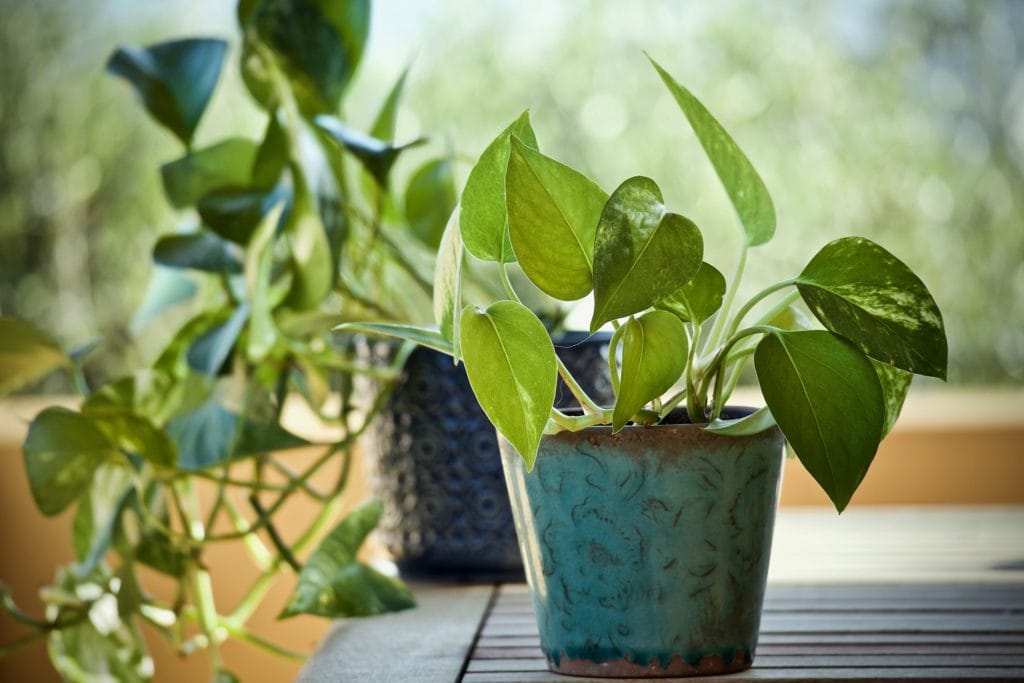
While most houseplants need drainage holes in order to thrive, there are a few that don’t. If you’re looking for plants that can tolerate a little extra water, or if you simply don’t want to deal with the hassle of drilling drainage holes, these are the plants for you.
Read reading to find out which houseplant will make a great addition to any room of your home!
The 10 Houseplants That Don’t Need Drainage Holes
1. Snake Plant

Also known as the mother-in-law’s tongue, the snake plant is nearly indestructible. It’s tolerant of a wide range of conditions, including low light and poor drainage. Many people consider it to be a beginner’s plant, as it’s so easy to care for.
Because the snake plant doesn’t need much water, it’s a great choice for those who tend to forget to water their plants. Just be sure not to overdo it—too much water can cause the roots to rot.
2. ZZ Plant
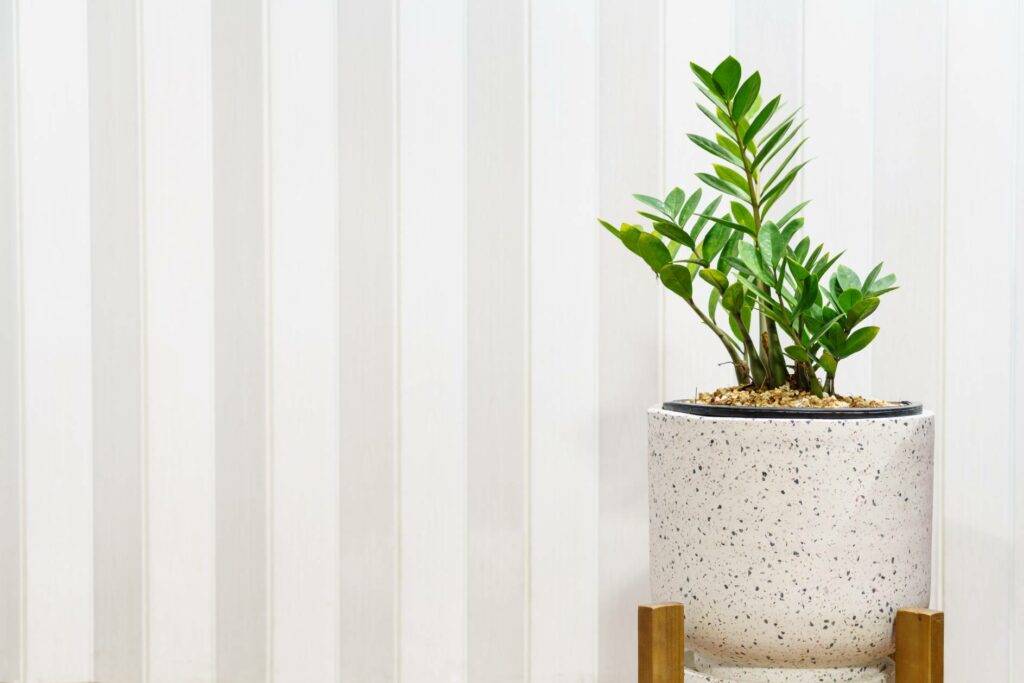
The ZZ plant is another tough one that can tolerate just about anything. It’s perfect for beginners or for those who don’t have time to baby their plants.
When caring for a ZZ plant, the biggest thing to remember is not to over-water it. Allow the soil to dry out completely before giving it a drink.
3. Pothos
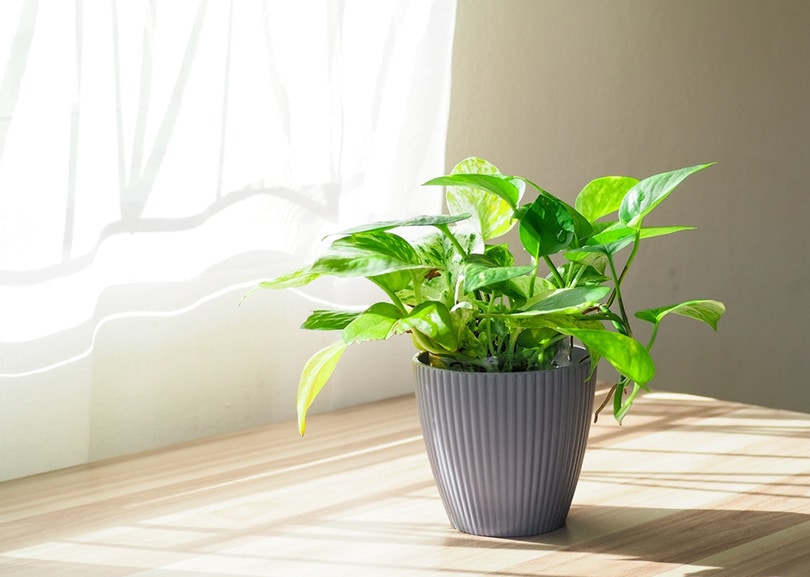
Pothos is a versatile plant that can be grown in a variety of ways. It’s tolerant of low light and poor drainage, making it ideal for those who don’t have a green thumb. You’ll find pothos in a variety of colors, including green, yellow, and white.
So if you’re looking for a plant that’s easy to care for and doesn’t need drainage holes, pothos is a great option.
4. Philodendron

Philodendron is another plant that is tolerant of low light and poor drainage. It’s a fast-growing plant that can quickly fill up a bare spot in your home.
These plants make great houseplants because they’re very easy to care for. Just give them a little bit of water, and they’ll be happy.
5. Boston Fern
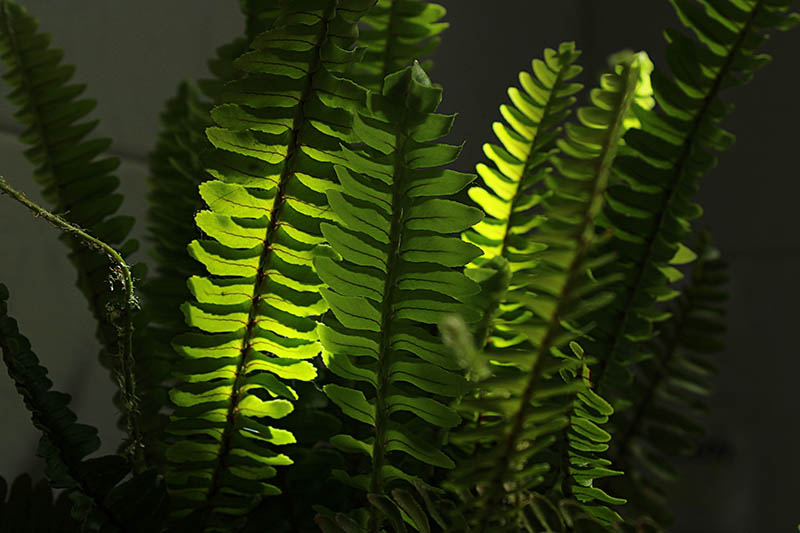
Boston ferns are one of the few plants that actually prefer wet soil and high humidity. They’re perfect for bathrooms or other damp areas of the house. Just keep the potting mix moist, and your fern will be happy.
You can also grow Boston ferns in pots without drainage holes. Just make sure to water them less often and keep an eye on the soil to make sure it’s not getting too soggy.
6. Oleander Plant
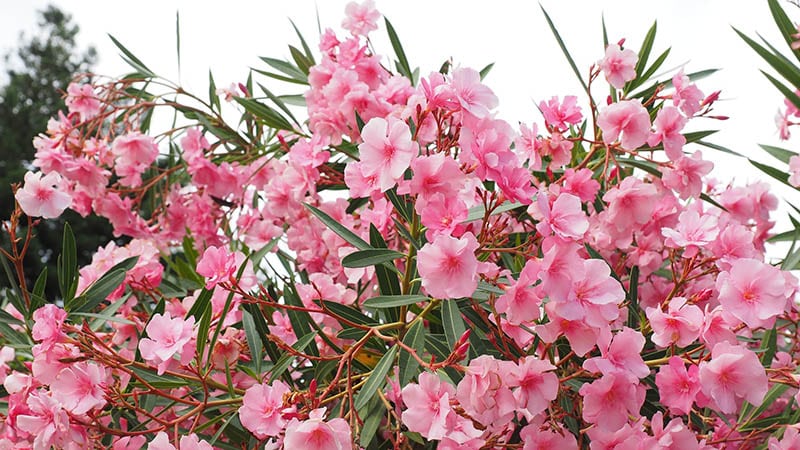
If you’re looking for a plant that doesn’t need drainage holes, look no further than the oleander plant. This tough plant can tolerate a wide range of conditions, making it a great choice for those who don’t have much experience with plants.
The oleander plant is also known for its beautiful flowers, which come in a variety of colors.
7. Chinese Evergreen

The Chinese Evergreen is a popular houseplant for a reason: it’s practically indestructible. This hardy plant can tolerate low light and irregular watering.
As such, it’s a great choice for beginner plant parents or anyone who doesn’t have the best track record of keeping plants alive. And, since it doesn’t need drainage holes, you can put it pretty much anywhere in your home.
Just be careful not to overwater it, as too much water can lead to root rot. If you’re unsure whether or not your Chinese Evergreen needs watering, stick your finger into the soil—if it’s dry up to your first knuckle, it’s time to give it a drink.
8. Kupukupu Fern

If you’re looking for a plant that’s both easy to care for and beautiful, check out the kupukupu fern! This plant doesn’t need drainage holes, making it a great choice for those who want to avoid the hassle of potting with a special soil mix.
The kupukupu fern is also tolerant of low-light conditions, so it’s perfect for growing indoors. watering this plant once a week should be sufficient.
9. Dumbcane
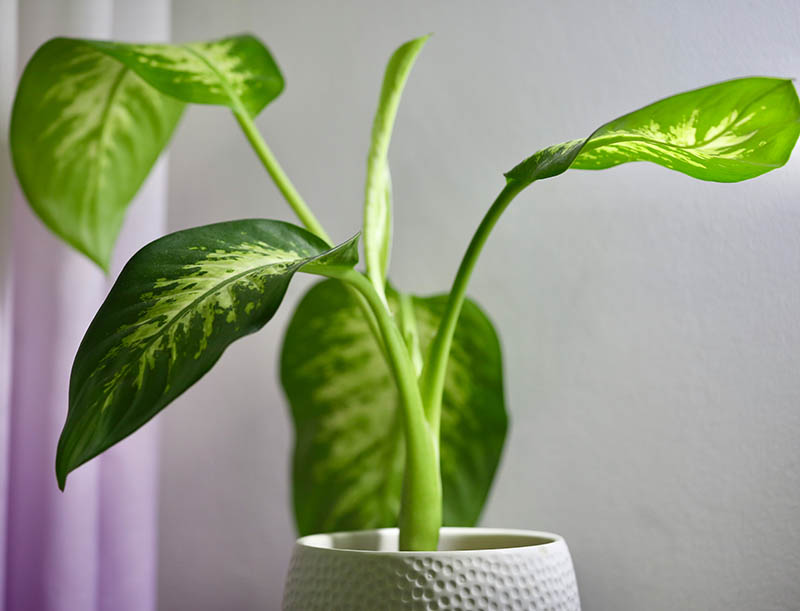
If you’re looking for a houseplant that doesn’t need drainage holes, the Dumbcane is a great option. This tropical plant is native to Central and South America and gets its name from the thick, fleshy stems that are covered in large, dark green leaves. The leaves are what make this plant so attractive, but they can also be poisonous if ingested.
The Dumbcane is a relatively easy plant to care for and doesn’t need much water. It prefers bright, indirect light, but can also tolerate low-light conditions. If you’re looking for a plant that is virtually indestructible, the Dumbcane is a good choice.
10. Crotons

Last on our list of houseplants that don’t need drainage holes are crotons. Crotons are beautiful, unique plants that come in a wide variety of patterns and colors. They’re native to tropical climates, so they do best in warm, humid environments. If you live in a dry climate, you’ll need to provide extra humidity for your croton.
Crotons are notoriously finicky about their watering needs. They like to dry out completely between waterings, so be sure to let the soil dry out completely before you water your plant again. If you water your croton too often, the leaves will turn yellow and drop off. When watering, be sure to water at the base of the plant and not on the leaves.
Crotons are also sensitive to changes in temperature and light. They prefer to be in a stable environment and don’t do well with sudden changes. If you need to move your plant, be sure you do it gradually. This will help the plant adjust to its new surroundings.
With proper care, crotons can be beautiful, long-lived houseplants. They’re a great choice for anyone looking for a unique, low-maintenance plant.
Guide to Proper Plant Care
Even though your plants don’t require drainage holes, there are still things you need to do in order to ensure their health and safety. Here is a guide to proper plant care for those without drainage holes:
Water your plants regularly. Without drainage holes, your plants will not be able to get rid of excess water. This can lead to root rot and other problems. Make sure to water your plants only when they need it, and allow the soil to dry out in between waterings.
Be careful not to overwater. While your plants need water to survive, too much water can be just as harmful as too little. Overwatering can lead to root rot and other problems, so make sure you only water your plants when they need it.
Avoid getting water on the leaves. Water on the leaves can cause them to rot and fall off. Be careful when watering your plants not to get water on the leaves, and if you do, make sure to dry them off as soon as possible.
Fertilize regularly. Plants without drainage holes will not be able to get rid of excess nutrients, so it is important to fertilize them regularly. This will help ensure they are getting the nutrients they need without getting too much.
Be careful with fertilizers. While fertilizers are important for plants without drainage holes, you need to be careful not to use too much. Overfertilizing can lead to problems such as burning the roots or causing the leaves to fall off.
Pest control. Without drainage holes, your plants will be more susceptible to pests and diseases. Make sure to check them regularly for pests and diseases and treat them as soon as possible.
Proper plant care is important for all plants, regardless of whether or not they have drainage holes. By following these tips, you can ensure that your plants without drainage holes will stay healthy and happy.
Final Thoughts
Not all plants need drainage holes, but if you’re not sure whether your plant does or not, it’s always better to err on the side of caution and drill a few. With a little bit of care, these plants can thrive even without perfect drainage.
If you’re looking for a low-maintenance plant that doesn’t need drainage holes, consider one of the options listed above.
Featured Image Credit: sweetlouise, Pixabay
Contents


